Home>Technology>Smart Home Devices>How To Convert To A Sublimation Printer


Smart Home Devices
How To Convert To A Sublimation Printer
Modified: February 18, 2024
Learn how to easily convert your regular printer into a sublimation printer and explore the endless possibilities of creating custom smart home devices with vibrant and long-lasting designs. Unlock the potential of sublimation printing for your DIY projects today!
(Many of the links in this article redirect to a specific reviewed product. Your purchase of these products through affiliate links helps to generate commission for Storables.com, at no extra cost. Learn more)
Introduction
Welcome to the world of sublimation printing! If you're looking to take your printing game to the next level, sublimation printing is an excellent choice. Whether you're a small business owner, a hobbyist, or a creative enthusiast, sublimation printing opens up a world of possibilities for producing vibrant, long-lasting designs on various substrates.
In this comprehensive guide, we'll explore everything you need to know about sublimation printing, from understanding the process to choosing the right printer, setting it up, and troubleshooting common issues. By the end of this journey, you'll be equipped with the knowledge and confidence to dive into the exciting realm of sublimation printing.
So, let's embark on this sublimation printing adventure together and uncover the secrets of this fascinating and versatile printing method. Whether you're a seasoned professional or a curious beginner, there's something valuable for everyone in the realm of sublimation printing. Let's dive in and discover the magic of sublimation printing!
Key Takeaways:
- Unleash Your Creativity with Sublimation Printing
Sublimation printing offers a vibrant canvas for your imagination, allowing you to create personalized designs on various items with exceptional clarity and durability. Whether it’s custom apparel or unique gifts, sublimation printing brings your artistic visions to life. - Sublimation Printing Empowers Entrepreneurship
Entrepreneurs can differentiate their businesses by offering high-quality, custom printed products through sublimation printing. This innovative technology enables them to connect with their audience on a personal level and bring unique, marketable products to life.
Read more: How To Convert A Printer To Sublimation
Understanding Sublimation Printing
Sublimation printing is a unique and versatile method that allows you to transfer high-quality, full-color images onto a wide range of substrates, including garments, mugs, phone cases, and more. Unlike traditional printing methods that rely on ink pigments, sublimation printing uses dyes that directly penetrate the surface of the substrate, resulting in vibrant, durable, and fade-resistant prints.
The process of sublimation printing involves using heat to transfer dye onto the substrate. This is achieved by first printing the desired image onto a special sublimation transfer paper using sublimation ink. The printed transfer is then placed in direct contact with the substrate and subjected to heat and pressure using a heat press. Under the right conditions, the solid dye particles on the transfer paper sublimate, transforming into a gas without passing through the liquid phase. This gas then permeates the surface of the substrate, where it solidifies, resulting in a permanent, high-quality image.
One of the key advantages of sublimation printing is its ability to produce full-color, photo-quality prints with intricate details and smooth gradients. Additionally, sublimation prints are highly resistant to fading, making them ideal for items that will be subjected to regular washing, UV exposure, or outdoor use.
It’s important to note that sublimation printing is most effective on polyester or polymer-coated substrates, as these materials have a receptive polymer coating that bonds well with the sublimation dyes. This makes sublimation printing an excellent choice for creating personalized apparel, promotional products, and custom gifts.
Understanding the science and art behind sublimation printing is the first step towards harnessing its full potential. In the next section, we’ll delve into the process of selecting the right sublimation printer to bring your creative visions to life.
Choosing the Right Sublimation Printer
When venturing into the world of sublimation printing, selecting the right printer is a crucial decision that can significantly impact the quality and efficiency of your printing endeavors. There are several key factors to consider when choosing a sublimation printer, each of which plays a vital role in achieving optimal results.
Printer Type
There are two primary types of sublimation printers: desktop and wide-format. Desktop sublimation printers are compact, affordable, and suitable for small-scale printing tasks, such as producing personalized gifts and apparel. On the other hand, wide-format sublimation printers are designed for large-scale production and are ideal for creating banners, signage, and oversized prints. Consider the scale of your intended projects and the available space in your workspace when deciding between these options.
Ink Compatibility
Sublimation printers utilize specially formulated sublimation inks that are designed to produce vibrant, long-lasting prints when combined with the appropriate substrates and heat transfer processes. It’s essential to ensure that the printer you choose is compatible with sublimation inks and that the ink delivery system is optimized for consistent and reliable performance.
Read more: What Is A Sublimation Printer
Resolution and Color Management
High-resolution prints with accurate color reproduction are essential for achieving professional-quality sublimation prints. Look for a sublimation printer with a high native resolution and advanced color management capabilities to ensure that your designs are faithfully replicated on the chosen substrates without compromising detail or color accuracy.
Media Handling and Size Options
Consider the types and sizes of substrates you intend to print on, as well as the versatility of the printer in handling various media. Some sublimation printers offer flexible media handling options, allowing you to print on different types of substrates, including fabrics, ceramics, and metal, thereby expanding your creative possibilities.
Workflow Efficiency and Connectivity
Efficient workflow features, such as wireless connectivity, intuitive software integration, and automated maintenance functions, can streamline the printing process and enhance overall productivity. Look for a sublimation printer that offers convenient connectivity options and user-friendly software to simplify the printing workflow.
By carefully evaluating these factors and aligning them with your specific printing needs and creative aspirations, you can make an informed decision when selecting the right sublimation printer. In the next section, we’ll delve into the essential steps for setting up your chosen sublimation printer, laying the foundation for seamless and successful printing experiences.
Setting Up Your Sublimation Printer
Once you’ve chosen the ideal sublimation printer for your creative endeavors, the next crucial step is setting it up for efficient and reliable operation. Proper setup not only ensures the optimal performance of your printer but also lays the groundwork for producing high-quality sublimation prints with precision and consistency.
Workspace Preparation
Begin by designating a well-ventilated and organized workspace for your sublimation printer. Adequate ventilation is essential due to the use of heat and sublimation inks, and an organized setup can streamline your printing workflow. Ensure that the printer is placed on a stable surface with sufficient space for media handling and maintenance access.
Ink Installation and Calibration
Follow the manufacturer’s instructions to install the sublimation inks into the designated ink compartments of the printer. Once the inks are installed, perform the necessary calibration procedures to ensure proper ink flow and color accuracy. Calibration may involve running test prints and adjusting color profiles to achieve optimal results.
Substrate Compatibility Testing
Before diving into full-scale production, conduct compatibility tests with various substrates to gauge how well the printer interacts with different materials. This step allows you to fine-tune print settings and color profiles for specific substrates, ensuring that your prints adhere seamlessly and exhibit vibrant, true-to-life colors.
Software and Driver Setup
Install the printer’s software and drivers on your computer, ensuring that they are compatible with your operating system. Familiarize yourself with the printing software’s features, including color management tools, print queue management, and maintenance utilities. Additionally, establish a reliable connection between your computer and the sublimation printer to facilitate seamless data transfer.
Read more: How To Use A Sublimation Printer
Routine Maintenance and Care
Implement a regular maintenance schedule for your sublimation printer, including printhead cleaning, ink cartridge replacement, and general upkeep. Adhering to a maintenance routine prolongs the lifespan of the printer and ensures consistent print quality over time. Familiarize yourself with the recommended maintenance tasks outlined in the printer’s user manual.
By meticulously setting up your sublimation printer and acquainting yourself with its operation and maintenance procedures, you pave the way for a smooth and productive printing journey. In the following section, we’ll delve into the intricate process of printing with a sublimation printer, exploring the nuances of achieving stunning, professional-grade prints on diverse substrates.
Printing with a Sublimation Printer
Printing with a sublimation printer involves a series of precise steps to ensure that your designs are transferred onto substrates with exceptional clarity, vibrancy, and durability. Whether you’re creating personalized apparel, custom mugs, or vibrant signage, the printing process is a crucial stage in bringing your creative visions to life.
Image Preparation and Design
Begin by preparing your designs using graphic design software, ensuring that the images are sized and positioned according to the dimensions of the chosen substrates. When designing for sublimation printing, consider the color profile and adjust it to suit the unique characteristics of sublimation inks and the intended substrates. Pay close attention to details such as color saturation, contrast, and resolution to achieve optimal results.
Transfer Paper Loading and Printing
Load the sublimation transfer paper into the printer, ensuring that the paper is positioned correctly to facilitate precise image transfer. Adjust the print settings on your computer to align with the substrate and the desired print quality. When printing, monitor the ink levels and ensure that the printer is functioning smoothly to produce high-fidelity prints with accurate color reproduction.
Read more: How To Clean A Sublimation Printer
Heat Press Transfer Process
Once the designs are printed onto the sublimation transfer paper, it’s time to initiate the heat transfer process. Preheat the heat press to the recommended temperature and time settings based on the substrate and the ink manufacturer’s guidelines. Carefully position the printed transfer onto the substrate, ensuring that it is aligned correctly and securely fastened in place.
Sublimation Process and Cooling
Place the substrate and the transfer assembly into the heat press, applying the specified pressure and heat settings for the predetermined duration. As the heat press applies pressure and heat, the sublimation inks on the transfer paper transform into a gas, permeating the surface of the substrate and bonding with the material at a molecular level. Once the sublimation process is complete, carefully remove the substrate from the heat press and allow it to cool, ensuring that the transferred design remains intact and vibrant.
Quality Inspection and Finishing
After the substrate has cooled, inspect the transferred design for any imperfections or inconsistencies. Trim any excess transfer paper and examine the print for color accuracy, sharpness, and overall quality. Your meticulous attention to detail during the printing and heat press process ensures that the final output meets your standards of excellence.
By mastering the art of printing with a sublimation printer, you unlock the potential to produce captivating, durable prints on a diverse array of substrates. In the following section, we’ll explore effective strategies for troubleshooting common issues that may arise during the sublimation printing process, equipping you with the knowledge to overcome challenges and achieve exceptional results.
Troubleshooting Common Issues
While sublimation printing offers a multitude of benefits, it’s important to be prepared to address common challenges that may arise during the printing process. By understanding potential issues and implementing effective troubleshooting strategies, you can maintain consistent print quality and resolve any obstacles that stand in the way of achieving exceptional results.
Read more: What Is A Dye Sublimation Printer
Inconsistent Color Reproduction
If you encounter inconsistencies in color reproduction, start by verifying that the sublimation inks are correctly installed and that the printer’s color profiles are accurately configured. Ensure that the design file’s color space matches the color profile settings in the printing software. Additionally, calibrate the printer and perform test prints to fine-tune color accuracy and achieve uniform results across different substrates.
Blurred or Fuzzy Prints
Blurred or fuzzy prints may result from incorrect print settings, inadequate substrate preparation, or printhead issues. Double-check the print resolution and ensure that the substrate is clean, dry, and free from contaminants that could compromise print clarity. If the prints remain fuzzy, inspect the printhead for clogs or alignment issues, and perform maintenance procedures as recommended by the printer manufacturer.
Poor Adhesion or Fading
If the transferred designs exhibit poor adhesion or show signs of fading, review the heat press settings, including temperature, pressure, and duration. Inadequate heat or pressure can result in incomplete sublimation, leading to adhesion issues and reduced longevity of the prints. Adjust the heat press parameters based on the substrate and conduct adhesion tests to ensure that the designs adhere securely and resist fading over time.
Bandings or Streaks in Prints
Bandings or streaks in prints may stem from printhead clogs, insufficient ink flow, or uneven substrate surfaces. Run maintenance cycles to clean the printhead and ensure consistent ink flow. Verify that the chosen substrates have smooth, even surfaces to facilitate uniform ink absorption. Additionally, consider adjusting print settings to optimize ink application and minimize banding or streaking in the prints.
Read more: Which Printer Is Best For Sublimation
Excessive Ink Usage or Waste
If you notice excessive ink usage or wastage, review the printer settings to ensure that ink consumption is optimized. Adjust the ink density and color management settings to achieve vibrant prints while minimizing ink usage. Additionally, consider conducting nozzle checks and maintenance routines to prevent unnecessary ink wastage due to printhead issues.
By proactively addressing these common issues and implementing targeted solutions, you can overcome challenges in the sublimation printing process and maintain a high standard of print quality. In the concluding section, we’ll recap the key insights gained from this guide and emphasize the boundless creative potential that sublimation printing offers to passionate creators and entrepreneurs.
Conclusion
Congratulations on embarking on a captivating journey through the realm of sublimation printing! Throughout this comprehensive guide, we’ve delved into the intricacies of sublimation printing, from understanding the science behind it to selecting the right printer, setting it up, and navigating the printing process with finesse. As we conclude this exploration, let’s reflect on the transformative power of sublimation printing and the endless possibilities it presents to creators and innovators.
Unleashing Creative Potential
Sublimation printing empowers individuals and businesses to unleash their creative potential, offering a versatile and dynamic platform for producing vibrant, personalized designs on an array of substrates. Whether you’re crafting custom apparel, personalized gifts, or eye-catching promotional items, sublimation printing provides a canvas for your imagination to flourish, breathing life into your artistic visions with unparalleled clarity and durability.
Quality and Longevity
One of the hallmark features of sublimation printing is its ability to deliver exceptional print quality and longevity. By harnessing the power of sublimation inks and precise heat transfer processes, creators can achieve prints that boast vivid colors, intricate details, and remarkable resistance to fading and wear. This durability ensures that sublimation-printed items remain vibrant and captivating, standing the test of time and continuous use.
Read more: How To Put Sublimation Paper In Printer
Continuous Innovation and Exploration
As technology advances and new substrates and applications emerge, sublimation printing continues to evolve, opening doors to fresh possibilities and innovative ventures. Whether it’s experimenting with unconventional materials, exploring new design techniques, or adapting to emerging trends, the realm of sublimation printing invites creators to embark on a journey of continuous innovation and exploration, driving the industry forward with ingenuity and vision.
Empowering Entrepreneurship
For entrepreneurs and small business owners, sublimation printing serves as a catalyst for growth and differentiation in a competitive market. The ability to offer custom, high-quality printed products enables businesses to carve out a niche, connect with their audience on a personal level, and deliver unique offerings that resonate with consumers. Sublimation printing empowers entrepreneurs to turn their creative concepts into tangible, marketable products, fostering a vibrant ecosystem of innovation and entrepreneurship.
As we conclude this guide, I encourage you to embrace the boundless potential of sublimation printing, harness its transformative capabilities, and embark on a journey of creativity, innovation, and entrepreneurial success. Whether you’re a seasoned professional, an aspiring creator, or a business visionary, the world of sublimation printing invites you to explore, create, and leave an indelible mark on the canvas of possibility.
Frequently Asked Questions about How To Convert To A Sublimation Printer
Was this page helpful?
At Storables.com, we guarantee accurate and reliable information. Our content, validated by Expert Board Contributors, is crafted following stringent Editorial Policies. We're committed to providing you with well-researched, expert-backed insights for all your informational needs.
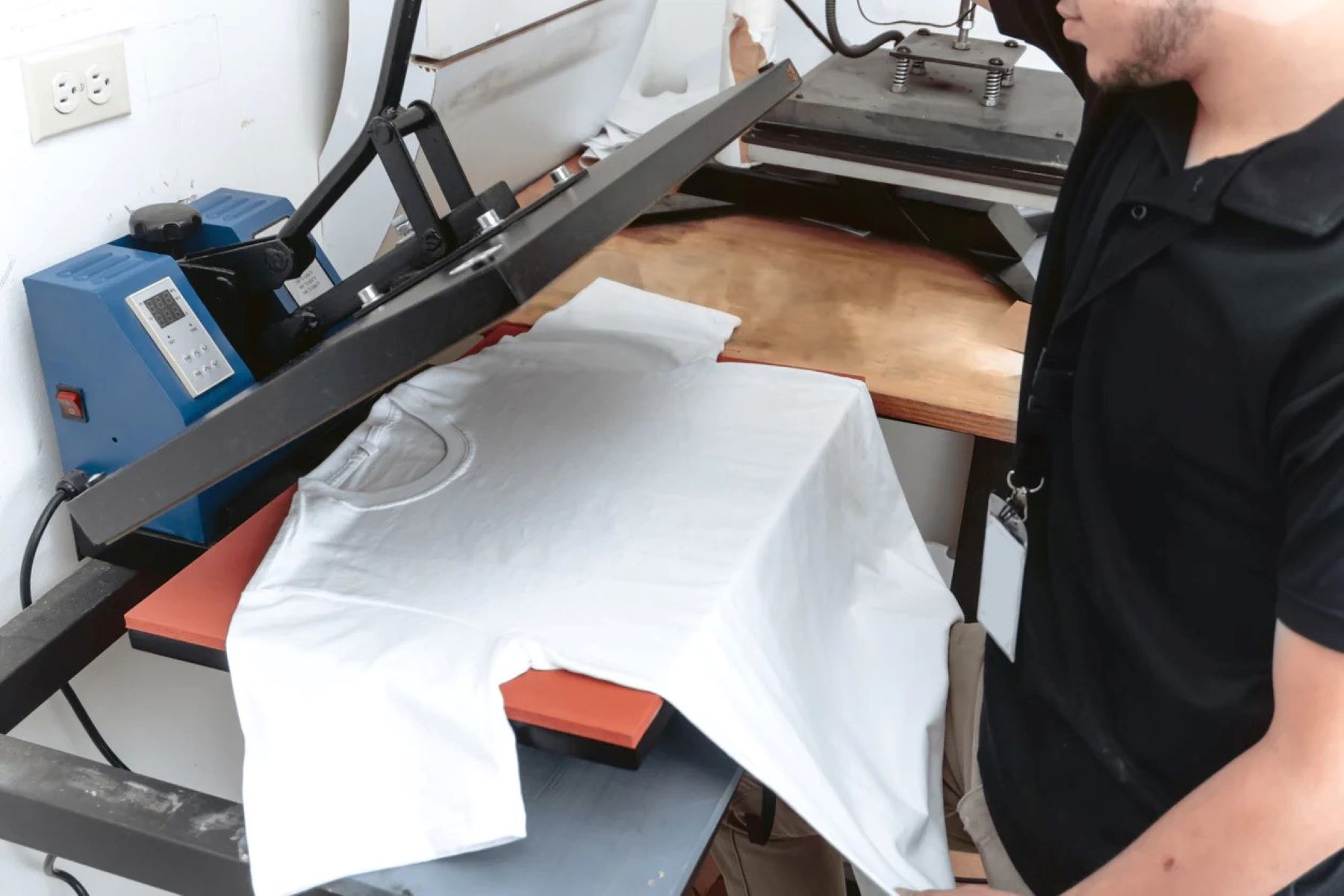
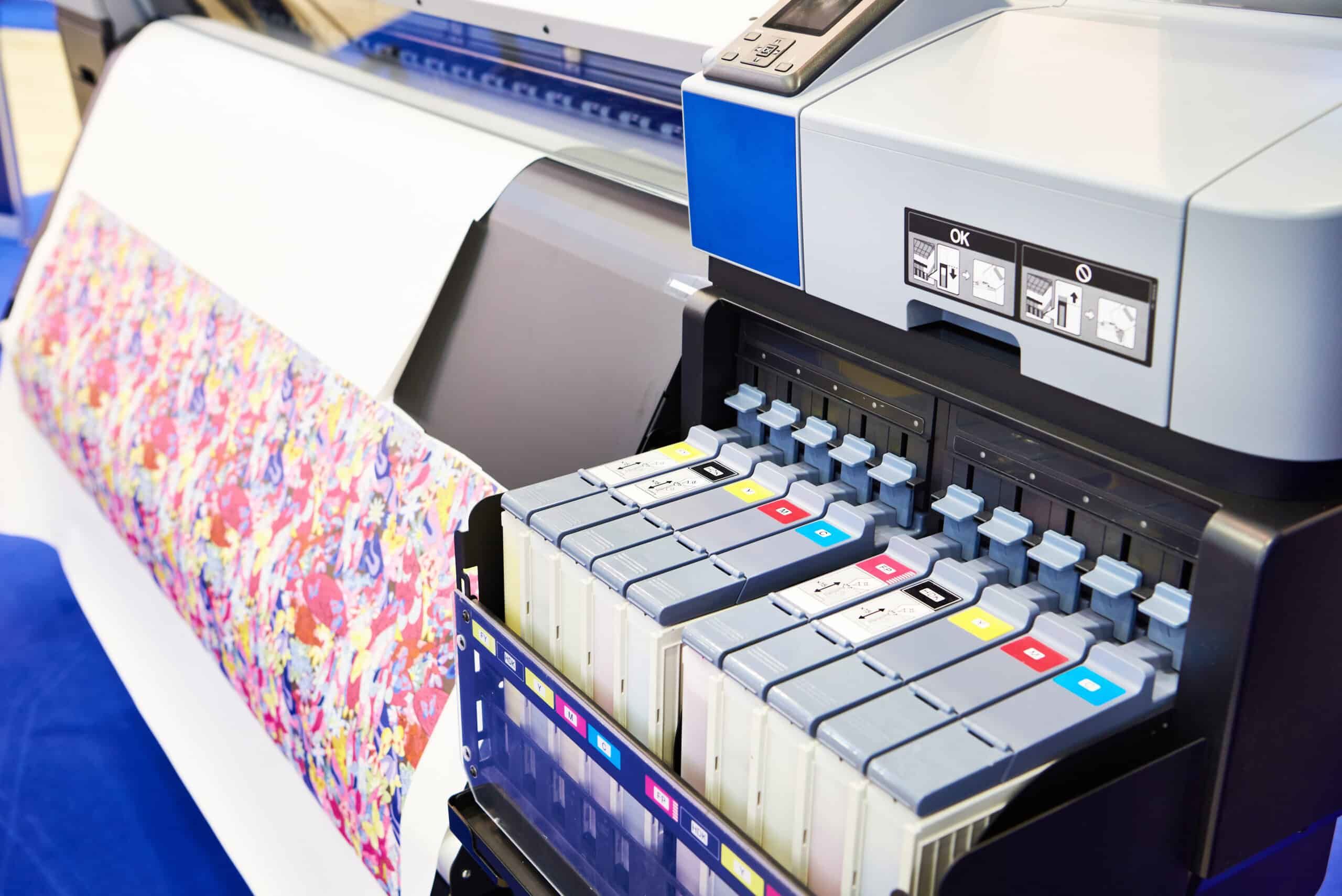
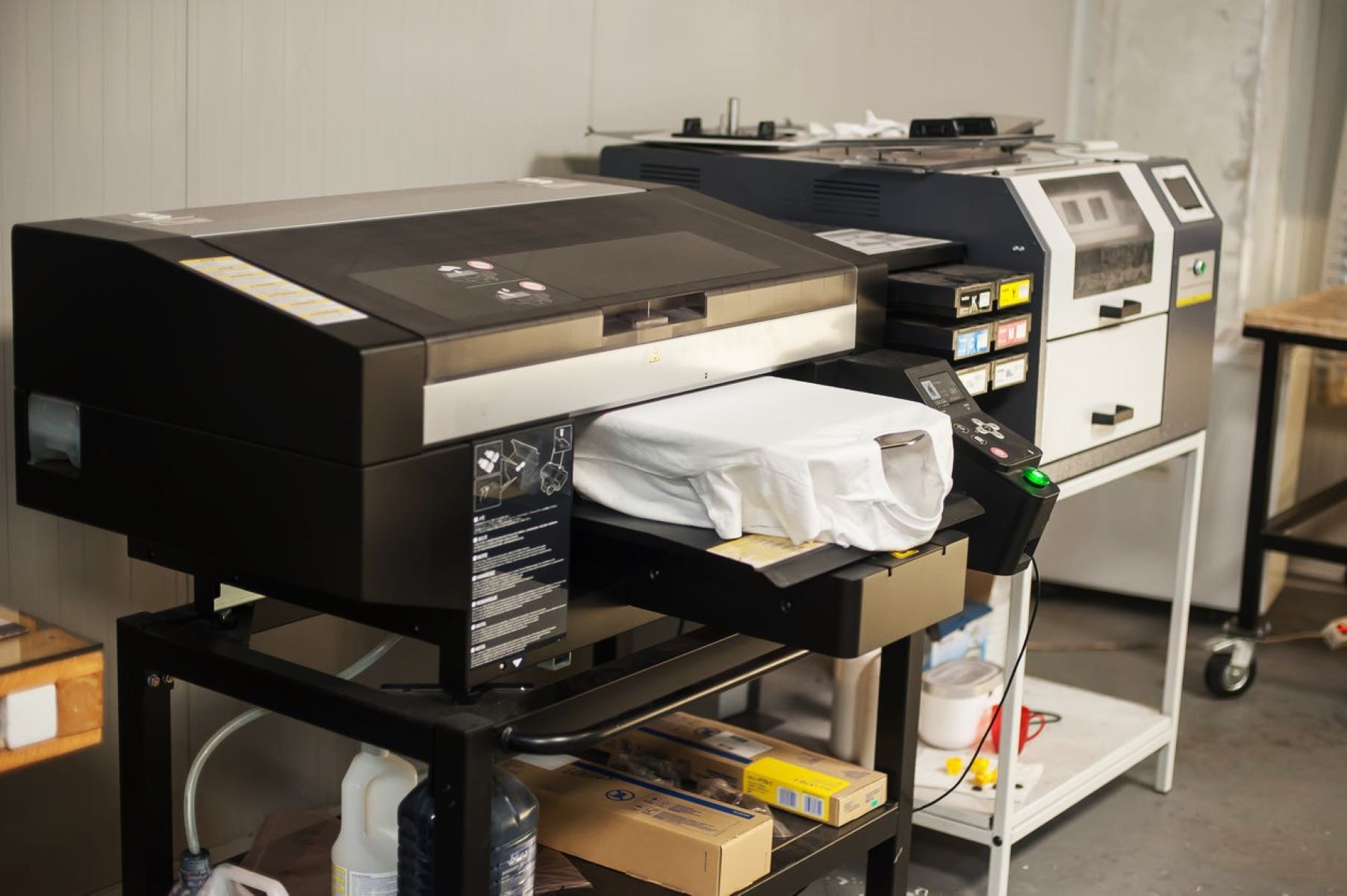
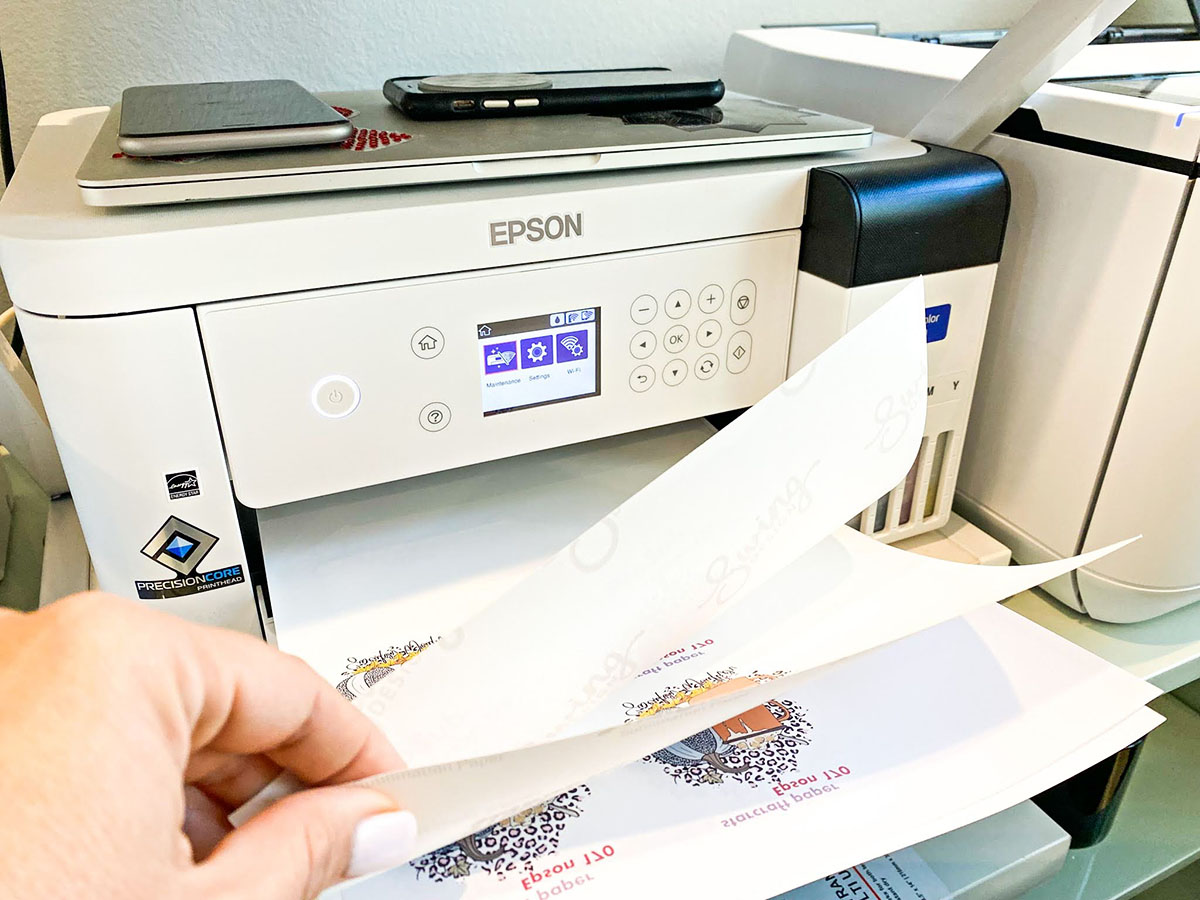
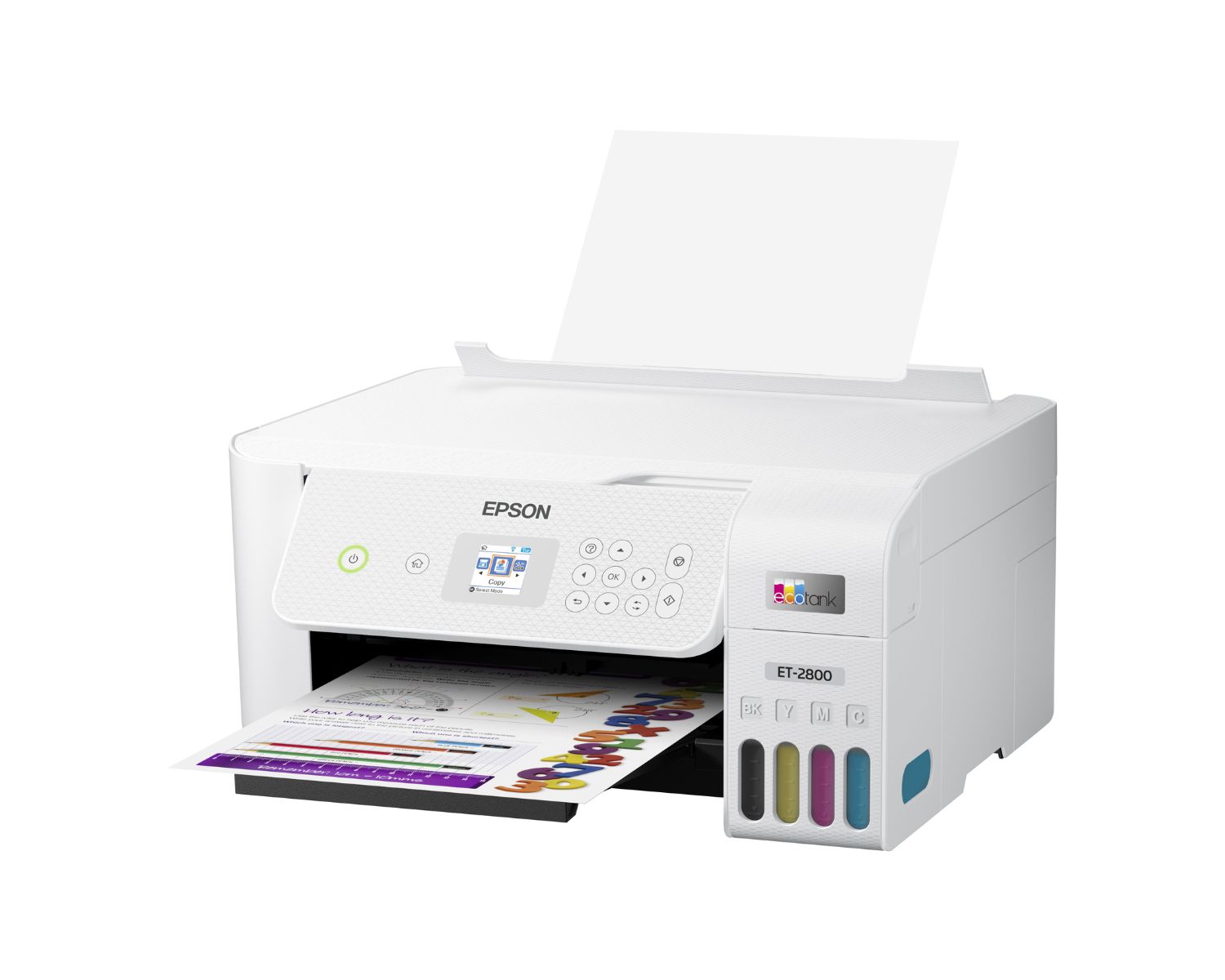
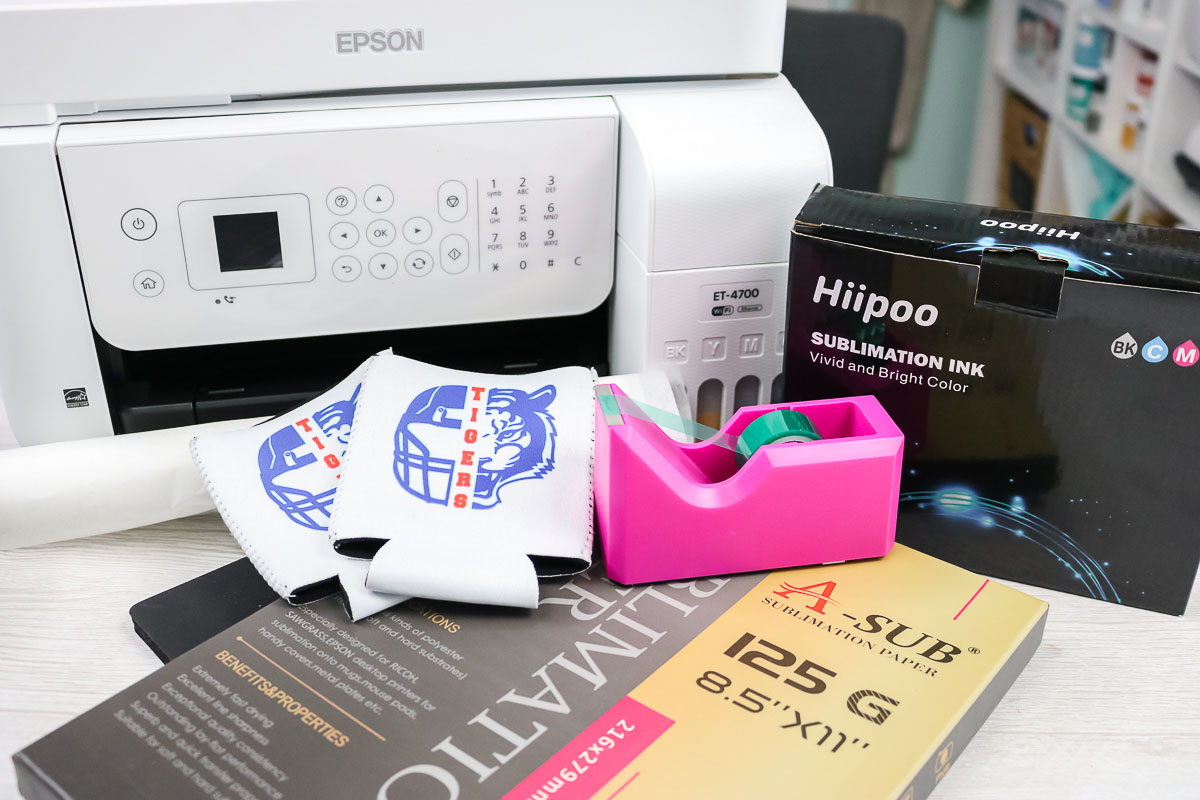
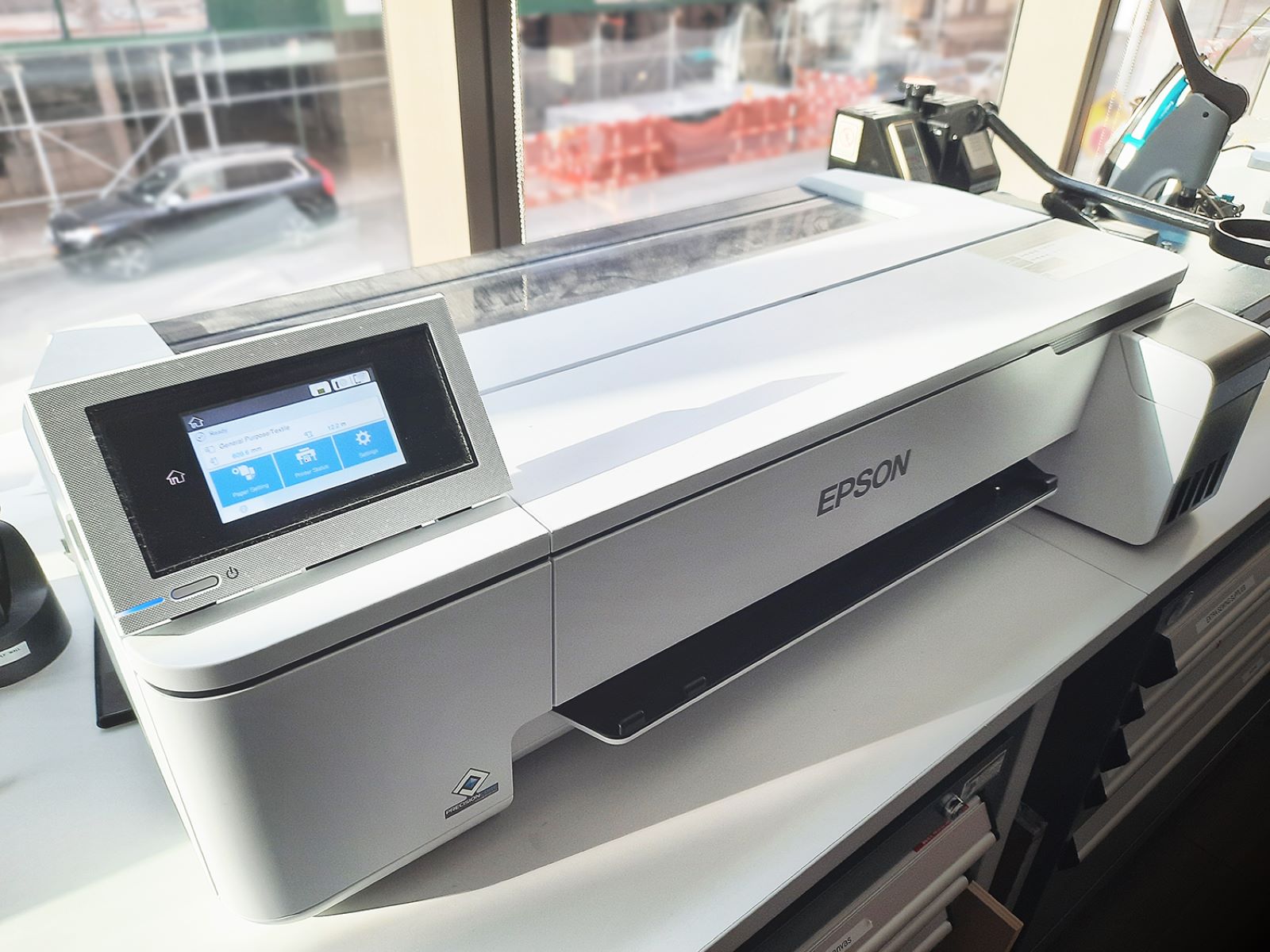
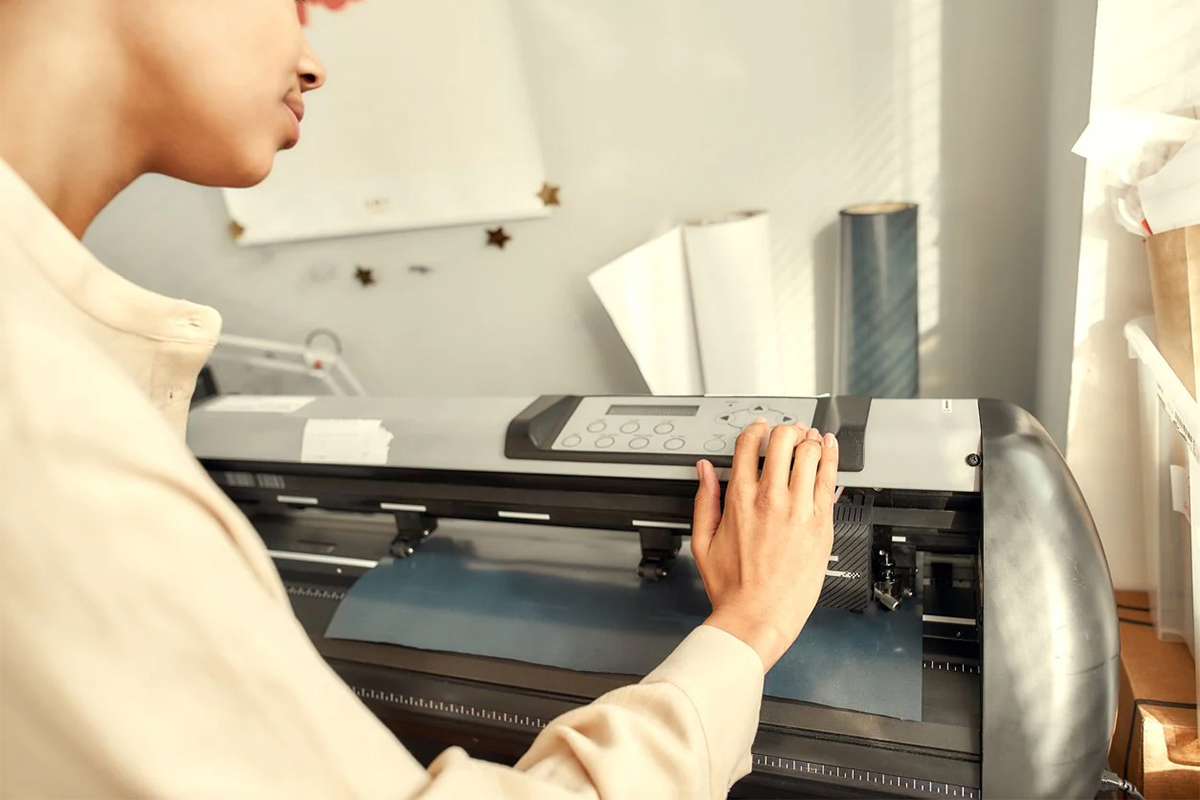

0 thoughts on “How To Convert To A Sublimation Printer”